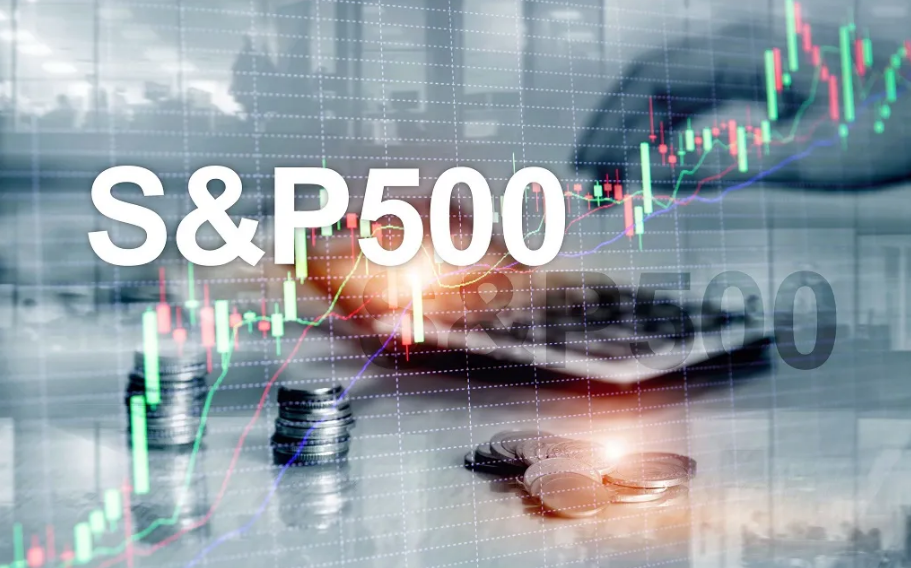
Cameron Murphy
Apr 15, 2022 10:44
Consumer confidence increased to 65.7 in April, up from 59.4 in March, above market forecasts.
The resurgence in confidence in the US economy is being hampered by rising consumer costs.
After the poll findings are released, the US dollar retains its gains, with the robust surge triggered by the dovish Fed. ECB.
Consumer confidence surprisingly improved in early April, but the improvement was limited as four decades of high inflation continued to erode family spending and real income, hurting confidence in personal finances and, to a lesser degree, the economy as a whole. The University of Michigan's consumer mood index improved to 65.7 at mid-month from 59.4 in February, according to preliminary figures. In a Bloomberg News survey, experts predicted that the number will fall to 59.
Inflation has been the major cause of concern for most Americans in recent months, as growing costs of living have harmed people's financial fortunes, leading to broad public anger and mistrust of some of the government's economic policies.
The economic circumstances indicator increased to 68.1 from 67.2, while the expectations index increased to 64.1 from 54.3, indicating that the labor market would grow and raise salaries. The one-year inflation forecast remained unchanged at 5.4 percent, while the five-year forecast remained unchanged at 3 percent.
The mood index remained stuck near crisis levels in April, but it's crucial to remember that individuals don't always behave how they feel, so low numbers don't automatically imply lower spending. This strange occurrence has lately been seen. For example, consumer confidence has been steadily declining since May of last year, but despite this, Americans have not tightened their purse strings; in fact, consumer spending has remained solid for the most of this time due to surplus savings and a healthy job market.
Nonetheless, given that household spending accounts for over 70% of US GDP, the low consumer mood is reason for worry. However, in comparison to economic realities, the excessive pessimism seems exaggerated, raising the issue of whether the country's great ideological division is contributing to the worsening mood. In any case, one thing is clear: certain soft data may have lost their predictive potential, thus they should be treated with caution when used to make broad predictions about the economy.
The US dollar, as measured by the DXY index, continued to rise after the University of Michigan poll was released, increasing nearly 0.7 percent to 100.1, its highest level since April 2020. However, rather than U.S. statistics, the uptick is connected to the ECB's dovish approach at its April monetary policy meeting.

Apr 14, 2022 11:16

Apr 15, 2022 10:51